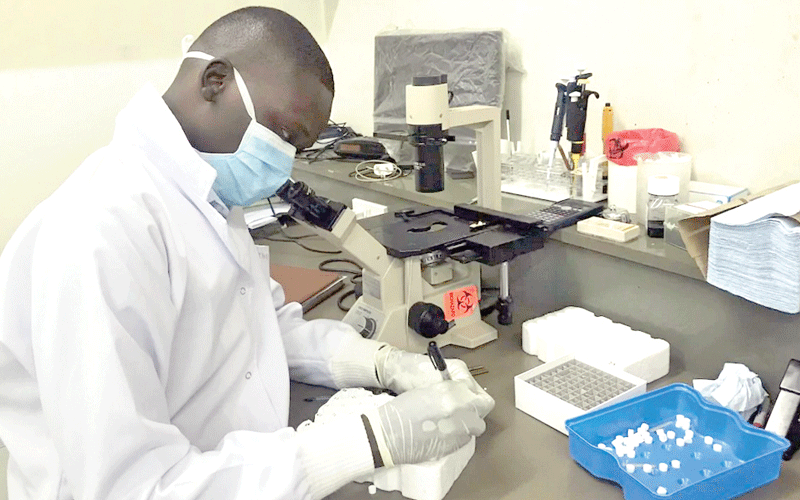Researchers have discovered how the Turkana people of northern Kenya have developed genetic adaptations that allow them to survive some of the planet’s most extreme environments.
The findings shed new light on how humans can evolve to withstand high temperatures, scarce water, and limited food resources through natural selection.
Dr. Sospeter Ngoci Njeru, co-Principal Investigator and Deputy Director at KEMRI’s Centre for Community Driven Research, said the breakthrough is the product of years of collaboration under the Turkana Health and Genomics Project (THGP).
The project brings together Kenyan and U.S. institutions, including the Kenya Medical Research Institute (KEMRI), Turkana Basin Institute (TBI), Vanderbilt University, and the University of California, Berkeley.
“Working with the Turkana has been transformative for this study. Their insights into their environment, lifestyle, and health have been essential to connecting our genetic findings to real-world biology and survival strategies,” Dr. Njeru said.
Central to the discovery is a gene called STC1, which helps the body conserve water and process purine-rich foods, such as meat and blood, staples of the traditional Turkana diet.
Prof. Julien Ayroles, Principal Investigator from the University of California, Berkeley, explained that by sequencing 367 whole genomes and analyzing over 7 million genetic variants, the team identified several parts of the Turkana genome showing strong signs of natural selection, with STC1 standing out as key for desert survival.
“STC1 helps the body manage dehydration and efficiently process high-protein diets, both of which are critical for survival in the arid Turkana region,” Prof. Ayroles said.
The study indicates that these adaptations likely developed around 5,000 years ago, during a major climatic shift that brought widespread aridification to northern Africa.
Dr. Epem Esekon, County Executive for Health and Sanitation in Turkana, said the research underscores how human populations evolved genetically in response to dramatic environmental changes.
However, as Turkana communities transition from traditional pastoralist lifestyles to urban living, these once-beneficial traits may now pose health risks.
Known as evolutionary mismatch, this occurs when ancient adaptations become maladaptive in modern settings, potentially contributing to higher rates of hypertension, kidney disease, and type 2 diabetes.
“With more people shifting from rural to urban lifestyles, we are also seeing a change in disease patterns. This study helps explain how evolutionary history can impact today’s health challenges,” said Prof. Elijah Songok, Acting Director General of KEMRI.
As global temperatures rise and water scarcity becomes more severe, the Turkana people’s genetic resilience provides valuable lessons for human survival. Researchers highlighted the importance of working with indigenous communities to advance understanding of human adaptation.
“Worldwide, indigenous communities like the Turkana are essential partners in advancing our understanding of human resilience. Their deep connection to the land and long history of adaptation hold valuable lessons for our shared future,” the study noted.

